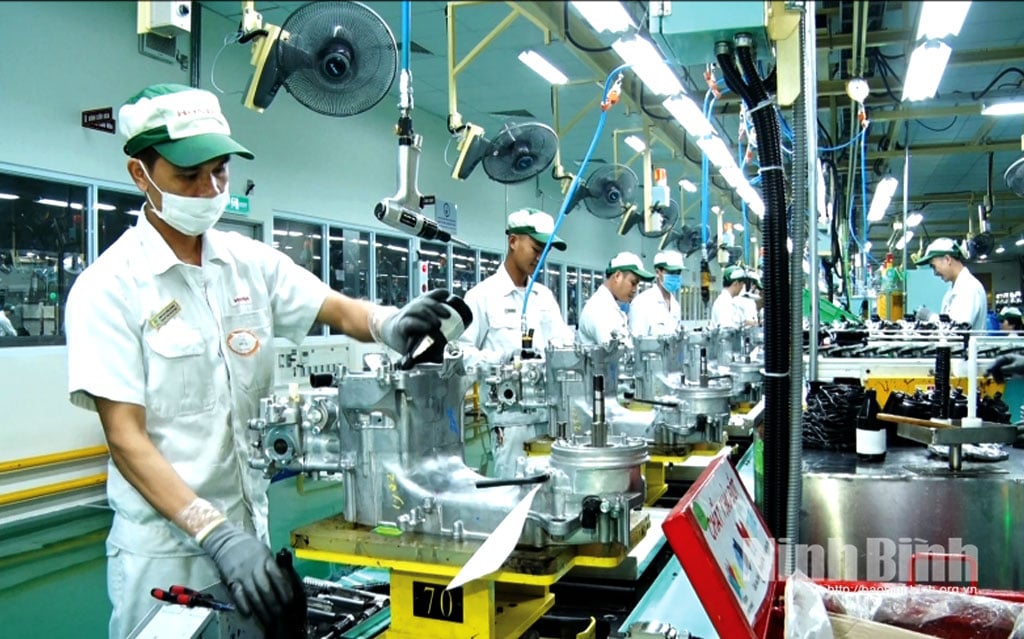
Look straight at the starting point
New province, new requirements Before the merger, localities had created a significant foundation for socio -economic development. GRDP growth, new rural construction, investment attraction and industrialization all achieved positive results. However, reality also shows many challenges and bottlenecks that need to be frankly identified.
According to the consolidated reports of localities: In terms of socio-economics, the scale of GRDP after the merger is still modest compared to regional economic centers (with GRDP estimated at 352,165 billion VND in 2025). The economic structure of the new province still relies heavily on traditional driving forces, low added value, fragmented industry linkages, innovation ecosystems and human resource quality have not kept up with modern development requirements. Development space is still affected by the long-term fragmentation process: lack of connectivity in planning, scattered investment infrastructure, difficulty in forming large-scale growth poles. Logistics services, tourism, finance, and cultural industry - key sectors of a modern economy - still lack competitiveness. The production-processing-consumption value chain is not deep enough, lacking connections between science - technology - market - training - labor demand. Meanwhile, the organization and local administration have shifted to a two-tier model in an open area, requiring a comprehensive redesign of the administrative and operational processes and high-quality public service performance capacity from local officials and civil servants at all levels.
Right at the first meeting of the Provincial People's Committee after the merger, Chairman of the Provincial People's Committee Pham Quang Ngoc emphasized: "The two-level local government has initially demonstrated its rationality in organization and effectiveness in practice. However, this is not a transitional period but the time to start a new journey, with higher requirements, faster speed, and clearer results". formation, the entire system of governments at all levels must urgently stabilize the organization, while shifting focus to direct socio-economic development in a drastic and effective manner, associated with the new organizational model.
The Chairman of the Provincial People's Committee requested sectors and localities to: Review priority tasks, thoroughly resolve bottlenecks and backlogs; develop a growth scenario for the last 6 months of the year based on analysis of actual data and maximize exploitation of new development space. Along with that is the assessment of the operational capacity of the two-level local government model, especially at the commune/ward level; rectify administrative discipline, strengthen procedural reform, and take the satisfaction of people and businesses as a measure of management.

Development strategy and key breakthroughs
After frankly reinforcing the limitations and bottlenecks, the province determined that the most important step was to build a comprehensive, synchronous development strategy with a long-term vision, capable of leading the future. At a working session with the Standing Committees of the Provincial Party Committees of the three provinces right before the announcement of the new administrative units, General Secretary of the Party Central Committee To Lam emphasized: "The strategic task, which determines the ability to promote the resonance value between the three regions and shape the new position of the new Ninh Binh province on the national development map, is to rebuild the overall socio-economic development strategy in a systematic, scientific manner, with a long-term vision".
Also at this working session, Comrade Truong Quoc Huy, Secretary of the Ninh Binh Provincial Party Committee, affirmed that the preparations for the new Provincial Party Congress have been organized seriously and methodically, with three conferences to contribute comments to the draft documents, and specialized seminars with the participation of many leading experts in the fields of economics, planning, culture, and history. The draft Political Report submitted to the Ninh Binh Provincial Party Congress for the 2025-2030 term has been basically completed, ensuring that it fully demonstrates the strategic vision, innovative thinking, and strong development aspirations of a large-scale, high-capacity, multi-centered administrative-economic-social entity.
Based on the orientation from the Central Government and the results of practical summaries, Ninh Binh province has just established strategic goals according to a specific roadmap: Promoting all potentials, advantages, resources, and driving forces to accelerate and break through according to the new growth model. By 2030, it will become a province with modern industry and developed services, among the top 8 provinces and cities in the country. By 2035, it will become a centrally-run city with the characteristics of a millennium heritage urban area and a creative city. Establishing the position and role of an international tourist city; an important high-tech industrial center of the inter-region and the country, with the pillars being automobile mechanics, information technology, textiles, green materials, and fruit and vegetable processing; an emerging service center of the region in cultural industry, entertainment industry, event organization, ecological logistics, specialized healthcare, and training of high-quality human resources. A model of harmonious combination between cultural heritage preservation, environmental protection and economic growth, green transformation, digital transformation. Strengthening the province's defense area, ensuring security, order and social safety. Building a clean and strong Party and political system in all aspects, economic development, prosperous society, happy people, preserving and promoting local cultural identity.
According to comrade Truong Quoc Huy, Secretary of the Provincial Party Committee, Head of the National Assembly Delegation of Ninh Binh province: "The construction of a new Ninh Binh province not only requires a long-term vision but also decisiveness and quick action. The Provincial Party Committee will urgently develop a specific action program, clearly identify and synchronously implement strategic breakthroughs". develop, to realize the vision, the province will implement strategic breakthroughs including: Strongly innovative leadership, direction and operational methods; improving the efficiency, effectiveness and efficiency of the political system in accordance with the 2-level local government model associated with the construction of a new generation of e-government, fundamentally innovating the work of evaluating, selecting and using leaders and managers at all levels.
Promote industrialization and modernization, turn Ninh Binh into a province with modern industry and developed services associated with establishing a new growth model, restructuring the economy based on science, technology, innovation, digital transformation, green transformation, improving the quality of human resources, developing the private economy as one of the important driving forces of the economy. Focus on building synchronous strategic infrastructure, prioritizing the development of international airports, regional deep-water seaports, highways, urban infrastructure, and green infrastructure.
On the basis of strategic breakthroughs, the province is also aiming to implement key programs including: Administrative reform, improving management capacity and local competitiveness associated with building a two-level local government model and a new generation of e-government. Developing unique, high-quality, strong-brand industrial, tourism and service products. Investing in strategic infrastructure such as international airports, deep-water seaports, highways, digital infrastructure, green infrastructure and smart cities. Building advanced, heroic new rural areas, associated with developing multi-value ecology, promoting marine economy. Promoting civilized, modern urbanization, positioning regional and national specialized centers. Preserving and promoting the value of cultural heritage associated with developing creative economy, green economy. Improving the quality of life, social welfare and harmonious development between urban and rural areas.
The province will focus on adjusting and implementing the planning, especially prioritizing the implementation of strategic infrastructure projects: the traffic route connecting the three urban areas of Hoa Lu-Nam Dinh-Phu Ly; the traffic route connecting Hoa Lu with Cao Bo; investing in expanding the Cao Bo-Ninh Co route; the Nho Quan-Kim Son route connecting with CT08; continuously the Ninh Binh international airport project; investing in infrastructure of industrial parks, logistics centers, startup ecosystems, and innovation.
In addition, focus on building a smart development map, clearly defining the functions of each region, urban area, and industry cluster. In particular, Hoa Lu is identified as a political-administrative center, a tourist urban area, a cultural industry, and a heritage economy. Nam Dinh plays the role of an industrial, educational, and research center; Phu Ly is positioned as a logistics and regional transit center; Tam Diep develops a clean ecological-industrial urban area.
Focus on developing the urban system along the Day River corridor, along the economic, technical and logistics driving axes, connecting deep-water seaports, international airports with the network of industrial parks and high-tech parks. The integration of regional-provincial-industry planning is implemented in an integrated and flexible direction, promoting effective inter-provincial and inter-regional linkages. Developing urban areas in the direction of heritage-green-smart, the province aims to build a modern, unique urban system, with the ability to compete and integrate internationally. Each urban area will have its own role and function, with focused investment to create a network of interconnected and mutually supportive urban areas, forming a new growth pole of the region and the country.
The province pays special attention to developing multi-value ecological agriculture, building advanced and showcasing new rural areas, promoting rural-urban linkages, and developing the marine economy. Deeply aware of the unique and distinct heritage treasure, from prehistoric times to Hoa Lu Citadel, Tran Dynasty relic cluster, Tam Phu Mother Goddess worship, Bai Dinh Pagoda, Tam Chuc Pagoda, etc.; focusing on investing in research, systematization, registration and restoration of typical cultural and historical values, especially Hoa Lu Citadel, Tran Dynasty relic cluster and religious heritages and folk beliefs.
Strongly develop high-quality services, focusing on tourism, creative cultural industries and entertainment industries such as performances, cinema, design, fashion, digital cultural industries, investment attract in heritage parks, film studios, entertainment areas associated with restructuring tourism products, gradually forming key economic clusters, creating high added value and unique identity. Tourism is restructured towards developing high-spending products, long-term stays, combining resorts, health care, heritage experiences, spirituality, ecology, to reduce dependence on seasonality, and expand the international tourist market. On the basis of famous heritage-scenic spots such as Trang An, Bai Dinh, Tam Coc-Bich Dong, Tam Chuc, Phu Day, Tran Temple, Cuc Phuong..., focus on creating breakthroughs in developing marine tourism suitable to the specific conditions of coastal areas.
Along with that, promote rapid development of finance, banking, logistics, e-commerce, telecommunications, modern retail chains. The goal is to attract banks to set up headquarters, develop trade centers, fairs, exhibitions, build 5-6 star luxury hotels with international brands, synchronous and modern logistics systems, effectively connect with international airports and specialized deep-water seaports in Ninh Co Economic Zone.
The province also aims to restructure public service units in a professional direction, avoiding overlapping functions and market fragmentation, creating conditions for concentrating resources to develop services that meet regional and inter-regional requirements. The focus includes opening university branches and international universities; investing in specialized hospitals, football academies, event centers, and modern cultural institutions. Thereby, forming a new Ninh Binh to become a regional and inter-regional center for higher education, specialized healthcare, cultural industry, and entertainment. Along with that, focusing on developing new economic sectors such as digital economy, green economy, night-time economy, circular economy, high-quality services, clean industry, and supporting industry, aiming at global value chains.
Investment attraction policies have been strongly reformed, focusing on investors, expanding the form of public-private partnership (PPP) investment, especially in infrastructure, environment, education, health, science and technology. At the same time, the province focuses on ensuring social security, updating policies on education, health, employment, housing; developing communication-culture-education to spread the common identity, respect regional diversity, foster trust and a sense of "belonging" in the unified province. Strategic orientations have been and are formed being with a long-term vision, innovative thinking, taking people as the center and sustainable development as the axis. However, to realize the strategy, the present time is when Ninh Binh province needs a high-level aspiration to build the homeland, a strong political determination to move the entire system into a state of action, accurate, flexible, effective.
(To be continued)
Part III: Mobilizing all resources, realizing the vision
Source: https://baoninhbinh.org.vn/ninh-binh-but-pha-tu-hop-nhat-vuon-toi-tuong-lai-ky-ii-nhan-750415.htm








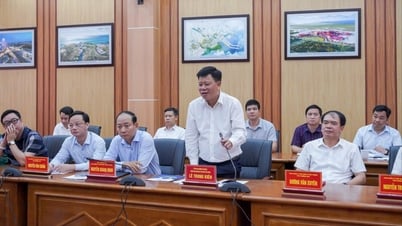





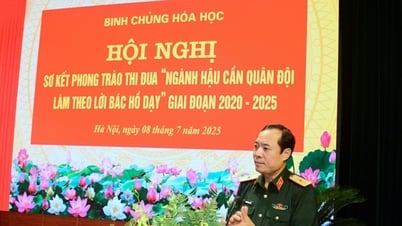



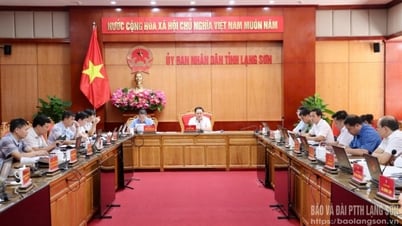






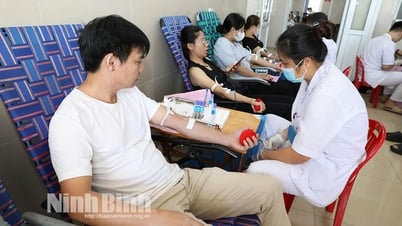
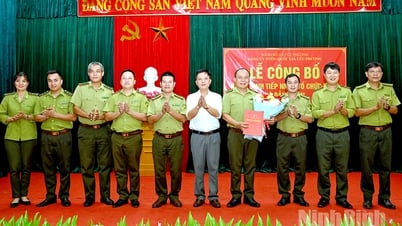
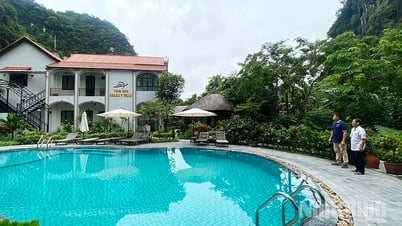

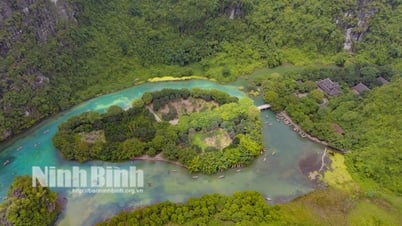








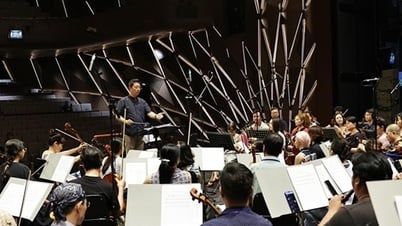

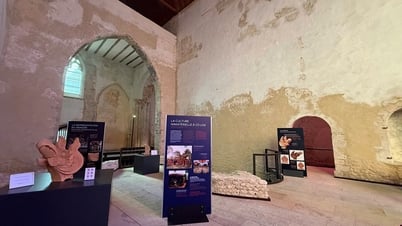







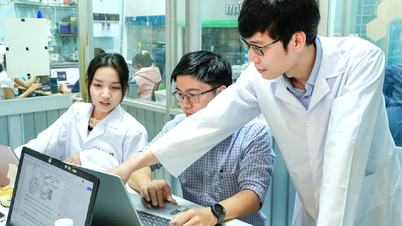


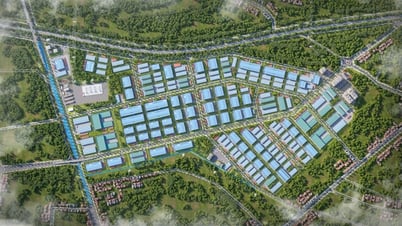





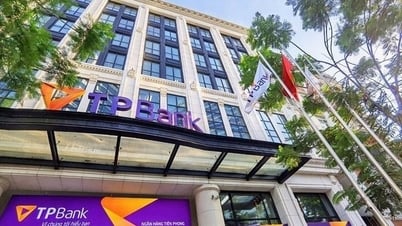
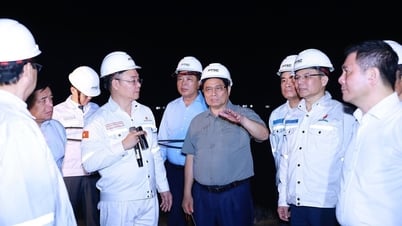
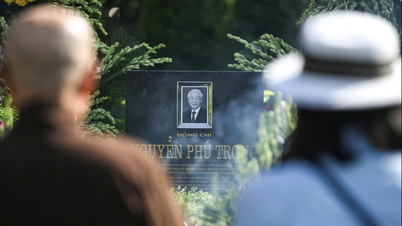







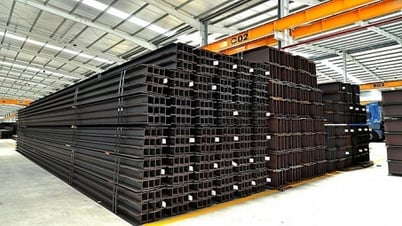




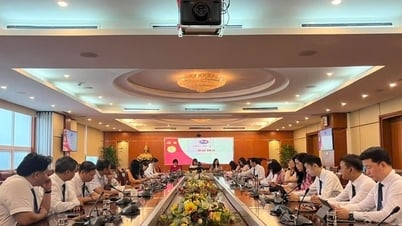

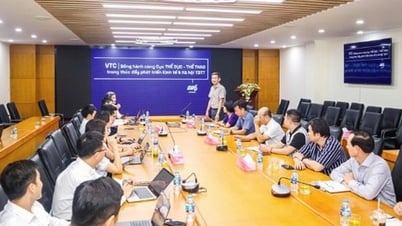



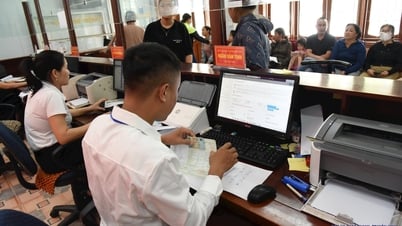

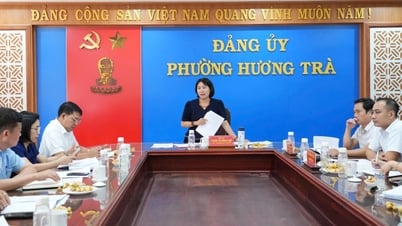



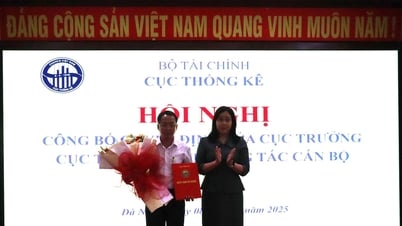









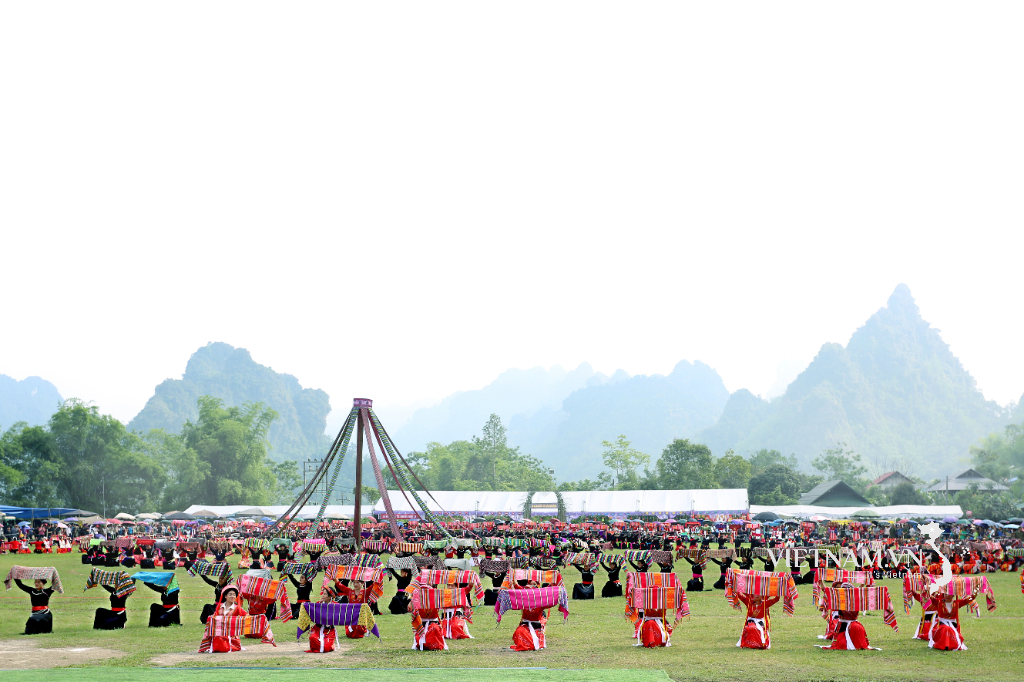
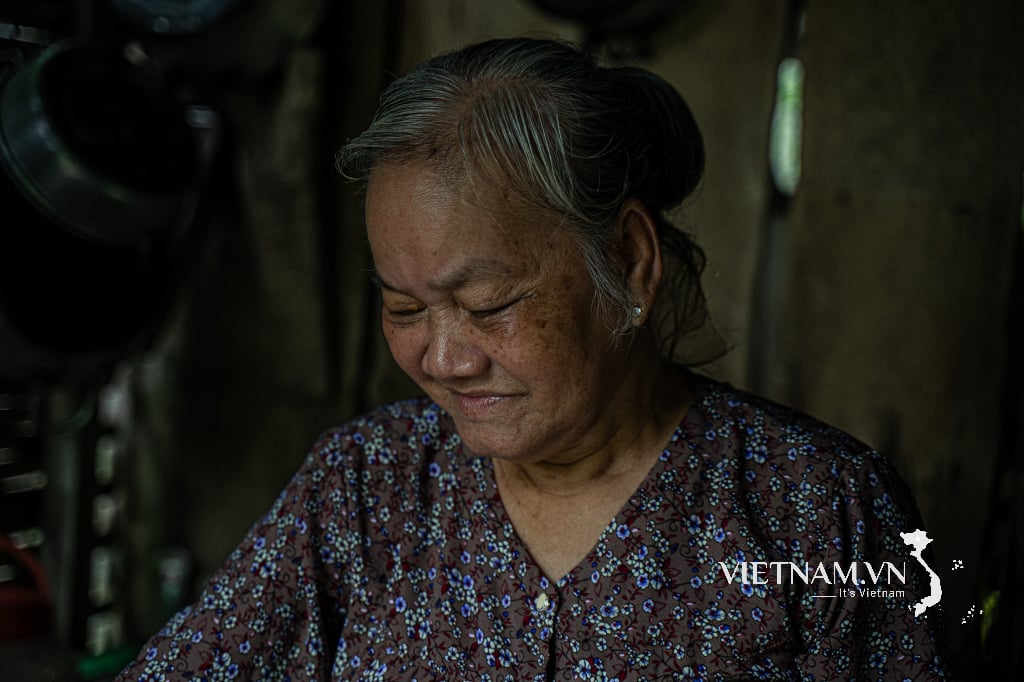
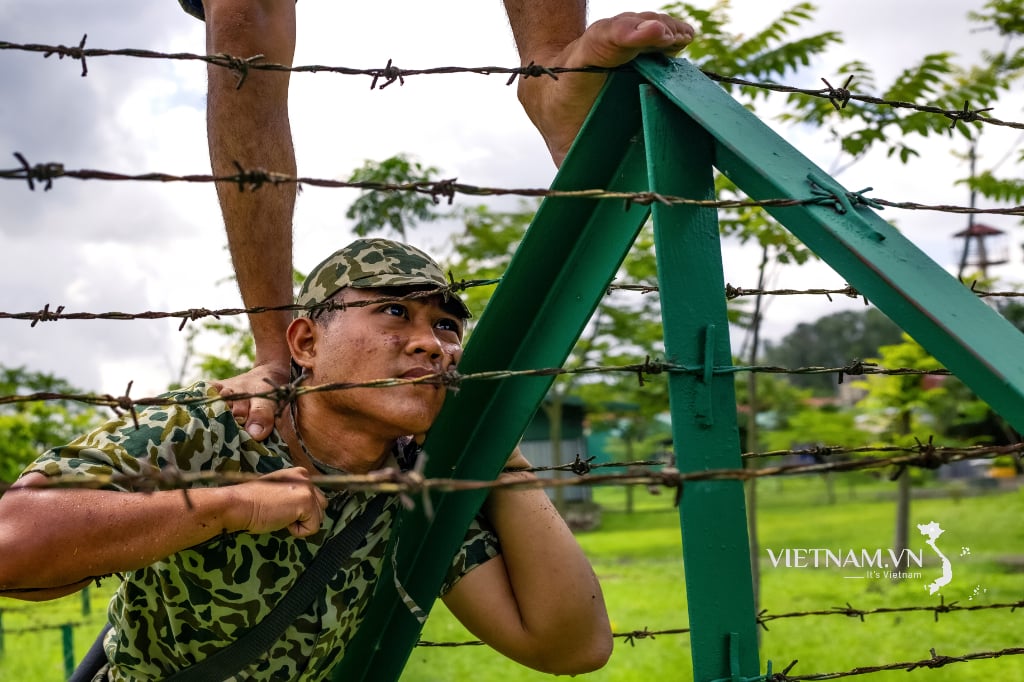

Comment (0)